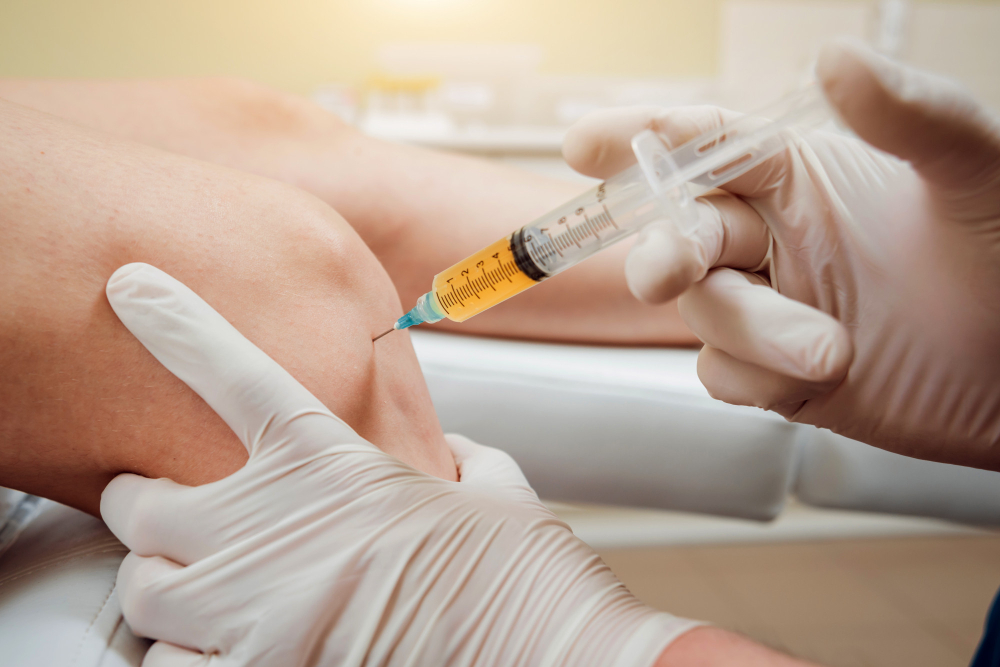PRP in orthopaedic care is becoming more popular for treating joint and muscle problems. PRP stands for Platelet-Rich Plasma. It uses your own blood to help heal injuries. Many people choose PRP because it is natural and may speed up recovery. Doctors are using PRP in orthopaedic care for many conditions, from joint pain to tendon injuries. This blog explains what PRP is, how it works, and what you can expect from the treatment.
What is PRP?
PRP means Platelet-Rich Plasma. It is a part of your blood that has more platelets than usual. Platelets help your body heal by releasing growth factors. To prepare PRP, a doctor takes a small amount of your blood. Then, they spin it in a machine called a centrifuge. This process separates the platelets from other parts of the blood. The doctor collects the platelet-rich part and uses it for treatment.
How PRP is Used in Orthopaedic Care
Doctors use PRP in orthopaedic care to treat many problems. For example, it can help with:
Because PRP therapy for joint pain uses your own blood, it is often safe. Many people try PRP when other treatments do not work. In some cases, PRP can delay or reduce the need for surgery.
Benefits of PRP in Orthopaedics
There are several reasons why PRP is gaining attention in orthopaedic care. Some main benefits include:
However, results can vary. Not everyone will have the same benefits from orthopaedic PRP treatment.
PRP Procedure: What to Expect
If you choose PRP in orthopaedic care, here is what usually happens:
The whole process often takes less than an hour. Most people can go home the same day. Because the procedure is quick, you can return to daily life soon after.
Recovery and Aftercare
After PRP therapy, you may feel some soreness or swelling. This is normal and should go away in a few days. To help with recovery, follow these PRP recovery tips:
Most people feel better within a few weeks. However, some may need more than one PRP injection for the best results.
Potential Risks and Considerations
PRP in orthopaedic care is usually safe. But, like any treatment, it has some risks. Possible side effects include:
Not everyone is a good candidate for PRP. For example, people with blood disorders or infections should avoid it. Always talk to your doctor before starting PRP therapy.
Frequently Asked Questions
How long does it take to see results from PRP?
Some people notice improvement in a few weeks. Others may need several months to feel the full effect.
Is PRP therapy painful?
The injection may cause mild discomfort. However, most people say the pain is brief and easy to manage.
How many PRP treatments will I need?
Many patients need one to three treatments. Your doctor will decide what is best for your condition.
Can PRP replace surgery?
In some cases, PRP can delay or reduce the need for surgery. But it may not work for everyone.
Is PRP covered by insurance?
Some insurance plans do not cover PRP therapy. Check with your provider before starting treatment.
For more information, you can visit trusted sources like the CDC or PubMed.
If you are thinking about PRP in orthopaedic care, consult an orthopaedic specialist to find out if PRP therapy is right for you.
